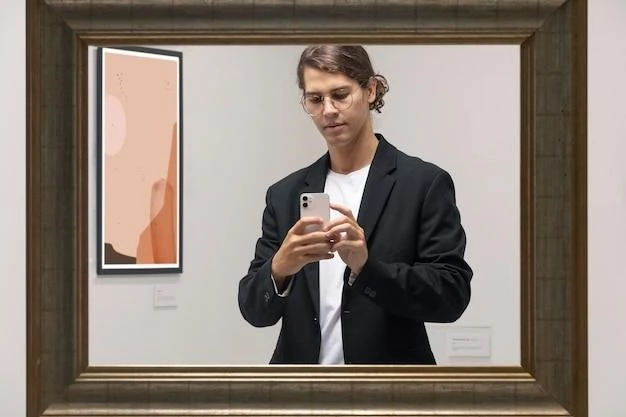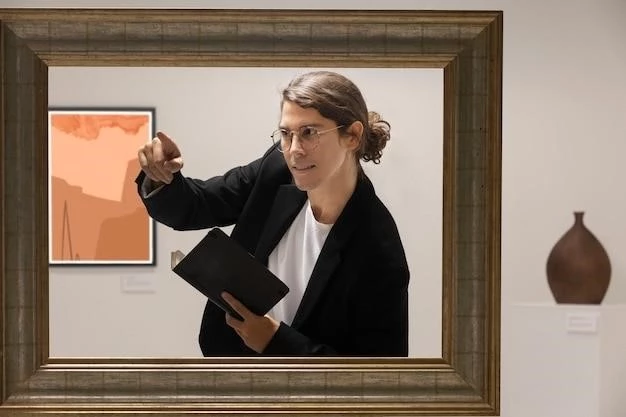The Business of Art: From Galleries to NFTs
The art market has always been a dynamic space, evolving with technological advancements and shifting societal trends. The rise of digital art, coupled with the emergence of blockchain technology, has led to a paradigm shift in how art is created, traded, and perceived. This article delves into this transformation, focusing on the impact of Non-Fungible Tokens (NFTs) on the business of art.

The Traditional Art World: A Glimpse into the Past
The traditional art world, with its established hierarchy of galleries, auction houses, and museums, has long been the gatekeeper of artistic value. Artists typically relied on these institutions for visibility, representation, and ultimately, sales. This system, while providing structure and legitimacy, often presented barriers to entry for emerging artists and limited their control over their creations.
Challenges of the Traditional Art Market:
- Gatekeeping and Exclusivity: Access to prominent galleries and auction houses was often restricted, making it challenging for emerging artists to gain recognition and financial stability.
- Opacity and Lack of Transparency: The traditional art market was often shrouded in secrecy, with pricing and provenance information not readily available, leading to questions about authenticity and fair market value.
- Limited Artist Control and Royalties: Artists often relinquished significant control over their work after the initial sale, missing out on potential future profits from resales.
The Rise of Digital Art and the Need for a New Paradigm
Digital art, with its limitless possibilities and ease of creation and dissemination, challenged the conventions of the traditional art world. However, its inherent reproducibility posed a significant challenge: establishing ownership and value in a digital landscape where copying is effortless.
NFTs: Ushering in a New Era for Art and Ownership
NFTs, built on blockchain technology, emerged as a solution to the challenges posed by digital art. An NFT is a unique digital token that verifies the authenticity and ownership of a digital asset, be it a piece of art, music, or even a tweet. This innovation has revolutionized the art market by:
Impact of NFTs on the Art Market:
- Democratizing Art and Empowering Artists: NFTs have lowered the barriers to entry for artists, allowing them to bypass traditional gatekeepers and sell their work directly to collectors globally.
- Enhancing Transparency and Trust: The decentralized and immutable nature of blockchain provides a transparent and secure record of ownership, provenance, and transactions, fostering greater trust in the art market.
- Enabling New Revenue Streams for Artists: NFTs can be programmed with smart contracts that automatically pay royalties to the original creator on every resale, ensuring artists benefit from the long-term value appreciation of their work;
The Evolving Landscape: From Digital Galleries to the Metaverse
The impact of NFTs extends beyond individual artists; We are witnessing the emergence of new platforms and marketplaces dedicated to showcasing and trading NFT art. Digital galleries are gaining prominence, offering immersive virtual experiences for collectors to explore and acquire art. The metaverse, a collective virtual shared space, presents new opportunities for artists to create and showcase their work in entirely new ways, blurring the lines between the physical and digital realms.

Challenges and Opportunities in the NFT Art World
While NFTs offer transformative potential, the nascent NFT art market is not without its challenges:
Challenges:
- Volatility and Speculation: The NFT market has experienced significant volatility, driven by speculation and hype, raising concerns about market bubbles and long-term value.
- Environmental Concerns: The energy consumption associated with certain blockchain networks used for NFTs has raised environmental concerns, prompting a search for more sustainable solutions.
- Copyright and Intellectual Property Issues: The ease of creating and disseminating digital content has led to concerns about copyright infringement and the need for robust mechanisms to protect intellectual property rights in the digital age.
Opportunities:
- Fractional Ownership and Increased Accessibility: Fractional NFTs allow for shared ownership of high-value artworks, making art investment accessible to a wider audience.
- Integration with the Metaverse and Gaming: NFTs are playing an increasingly important role in virtual worlds and gaming, creating new avenues for artists to monetize their work and engage with audiences.
- New Forms of Artistic Expression and Collaboration: NFTs are fostering innovative forms of artistic expression, including generative art and interactive experiences, and enabling new forms of collaboration between artists and collectors.
Conclusion: Navigating the Future of Art and Technology
The convergence of art and technology is reshaping the art market in unprecedented ways. NFTs, despite their challenges, have emerged as a powerful tool for artists to reclaim control over their work, connect directly with collectors, and participate in a global marketplace. As the NFT ecosystem matures and addresses its challenges, we can expect further innovation and disruption in the art world, leading to a more inclusive, transparent, and artist-centric future.
The rapid evolution of the art market from traditional galleries to the realm of NFTs signifies a monumental shift in the way we create, experience, and value art. As we venture further into this uncharted territory, one thing is certain: the art world will continue to adapt, innovate, and surprise us with its boundless creativity and resilience.










